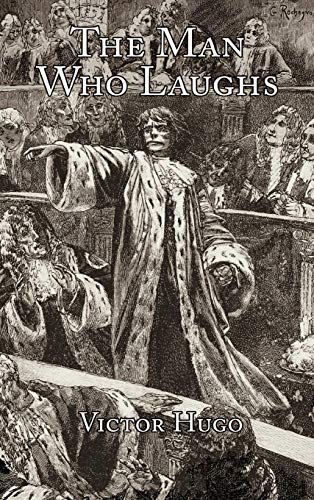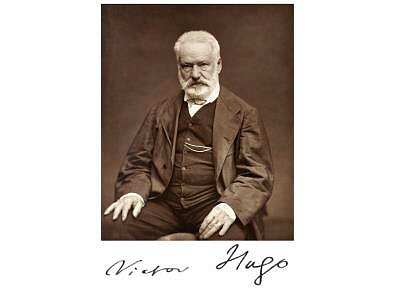
And it is a melodramatic story with a sentimental romance and a reveal that’s been done over and over through the centuries - but it works. In Hine’s hands, the story moves quickly from the countryside to London where intrigue and gossip lead to other melodramatic changes. And only a couple of new scenes were added by the creative team, so credit to Hugo for his flawed but compelling original story.

I’ve read enough classics to know that they often have a great story and characters but are hopelessly lost within outdated writing, importunate details and sluggish pacing, so I’m glad Hine did what he needed to get rid of the tedious chapters on 18th century British law and give us this sweeping graphic adaptation instead.

In his afterword, David Hine talks about the original novel which he describes as “rambling”, “repetitive” and “turgid”, where he’s basically taken a knife to the text and stripped it down to its story elements, rearranging it to flow better narratively. I’ve never read Victor Hugo’s 1869 novel The Man Who Laughs before - all I know is that the 1928 movie adaptation with Conrad Veidt as the lead inspired the creation of Batman’s nemesis, the Joker - but it’s a helluva story! The visual of Gwynplaine, a man whose face is permanently fixed into a rictus grin, is extraordinarily striking and horrifying, belying his kind nature and making people’s treatment of him all the more cruel. A kind man and his wolf bringing in the boy and the baby into their caravan – a new family formed. A frozen mother in the snow, her baby still alive somehow.


A terrible storm that sinks the ship and all its crew leaving behind a message in a bottle - a message of a terrible injustice. A departing ship of vagabonds leaving a child behind to die, the boy’s face hidden.


 0 kommentar(er)
0 kommentar(er)
